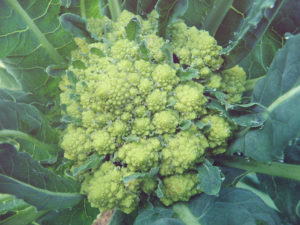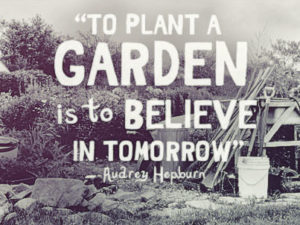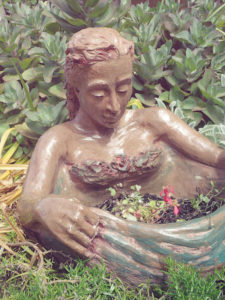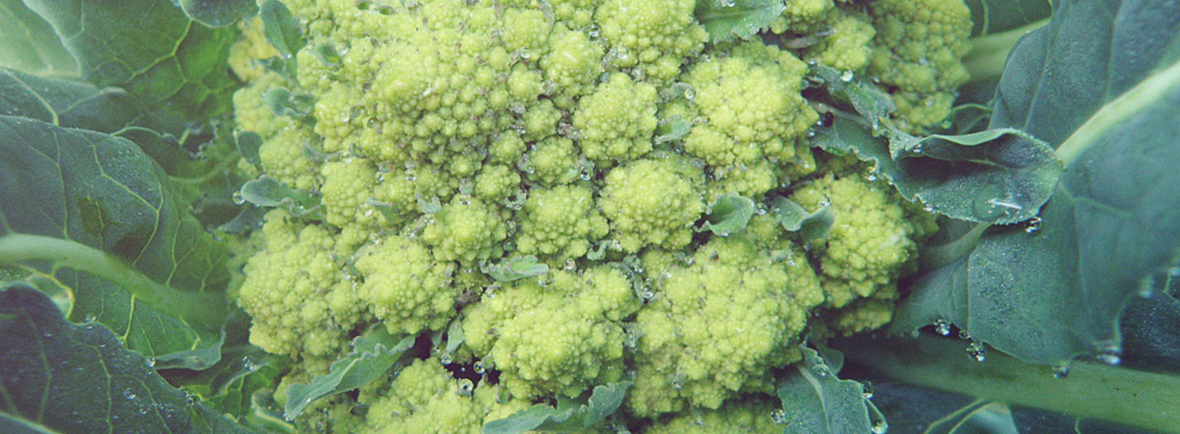Permaculture – What is it?

I must say here that what I write is my understanding and interpretation of what I have learnt about Permaculture, as is any application of a system.

The term Permaculture was coined by Bill Mollison and David Holmgren in the 1970’s to explain a specific approach to the environment and the way in which humans live and interact with it. In other words, they developed a ‘systems theory’ that reflected what they observed.
David Holmgren defines it as developing ‘consciously designed landscapes which mimic the patterns and relationships found in nature, while yielding an abundance of food, fibre and energy for provision of local needs’
For me, Permaculture embodies how we relate to our living environment in an organic and constantly flexible way. It teaches and enables us to mirror what we learn from our environment in our own context.

- Holistic
- Cares for the environment
- Community oriented
- Sustainable and regenerative
- Ethical
Permaculture encompasses three ‘ethics’, which forms an ‘umbrella’ under which sit 12 principles that can guide you in building and developing your lifestyle according to what is important to you.
The three overarching ‘ethics’ encompass:
- Care for the environment
- Care for people
- Sharing with all
These 12 principles follow:
- Observe and Interact
- Catch and Store Energy
- Obtain a yield
- Apply Self Regulation and Accept Feedback
- Use and Value Renewable Resources and Services
- Produce No Waste
- Design from Patterns to Details
- Integrate Rather Than Segregate
- Use Small and Slow Solutions
- Use and Value Diversity
- Use Edges and Value the Marginal
- Creatively Use and Respond to Change
I have only touched very briefly on the broader principles of Permaculture. In future posts I will go into greater depth, giving an outline and examples of each principle. Stay tuned for more exciting Permaculture adventures!
Until then, happy gardening,
Amanda


